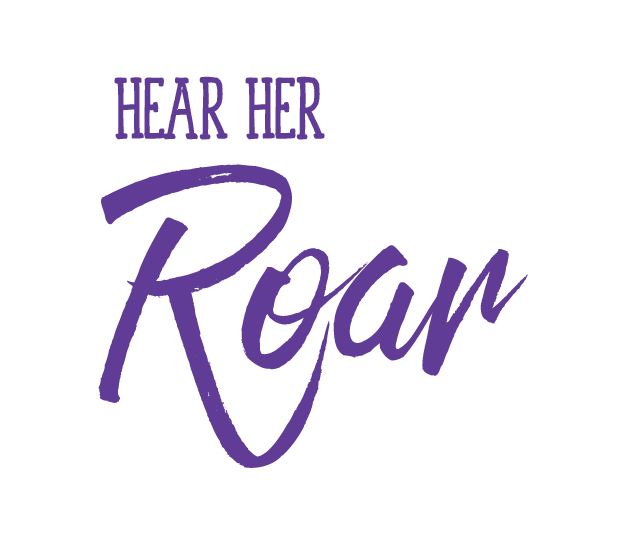What 7th Grade Girls Can Tell You About the Portrayal of Women in Media
It was 8am on a Monday, Halloween day in a Middle School to boot, and I’ll admit I was skeptical as to what sort of energy a group of 7th grade girls could bring in those circumstances. Christine Bright and Kelli McCannell of Hardy Girls, Healthy Women had set the bar much higher. Within moments of the students filing into their seats in the auditorium, the two women were up and at it, addressing their workshop participants with warmth and passion. The topic of the day? Women in Media – what we notice about them and what we want to see change.
“...these ads are basically demanding we be a certain way.”
Starting with reviewing the “homework” of noticing popular girls in social media from the week before, the students were asked to voice what they had noticed in their investigations. After a few shares, it was apparent that the students were aware of the way that celebrities preen themselves to have the perfect hair, the perfect skin, the perfect legs, et al. A synchronized head shake dispersed in the auditorium when asked if those girls reminded them of themselves. Bright asked what about those girls made them so different.
“They lack any sense of reality,” a student in the back rows shouted. The outburst confirmed that I was in for something profound.
The remainder of the workshop was spent taking a look at product ads featuring women models and celebrities. McCannell and Bright prompted the students to write over the images: point out what they noticed, what they would change, what they thought the ad was trying to sell. Immediately this group of 7th graders produced comments that were impactful, insightful, and at times even provocative. A few shares:
“The way the [male model] has an arm around her is super creepy and dominant. Like he owns her.”
“If this ad is supposed to be for clothes, then why isn’t [the model] wearing any?”
“Where is this girl’s mom? Who would let their daughter pose like that? She looks like she’s 15.”
“This ad isn’t even about what it’s selling. It’s just objectifying [the model], making her something that people can look at.”
As the conversation continued, McCannell asked the girls who had noticed that a comment about sex came up with almost every ad. After a majority raise of hands, she followed up with simply asking why they thought that was.
“Because people just want sex with women. And these ads are basically demanding we be a certain way.”
The workshop concluded with the women of HGHW inviting the girls to consider how they could create change around things, like ads and social media posts, that make them felt uncomfortable or like they needed to change. A number of the feedback forms suggested that the challenge was being taken seriously—many of the students voiced how the workshop changed their view of themselves and changed the voices that were already creeping up to tell them how they should be to get boys to like them.
“Where is this girl’s mom? Who would let their daughter pose like that? She looks like she’s 15.”
The value I generated in simply observing this program was the recognition that children absorb everything. A group of 12 to 13-year-old girls voiced problems in the media that adults twice their age continue to turn the other way about or disregard.
McCannell and Bright pointed to the power in developing a bold voice to create change. That lesson isn’t just for a group of 7th graders. The invitation can extend to all of us, fellow women, supporters of equality, powerhouses in life who can have things go differently. So, who will you be to demand the change you wish to see?
Hardy Girls Healthy Women is a nonprofit organization dedicated to the health and well being of girls and women. Their mission is to take girls seriously and put the power in their hands to challenge a society that ignores their brilliance.

